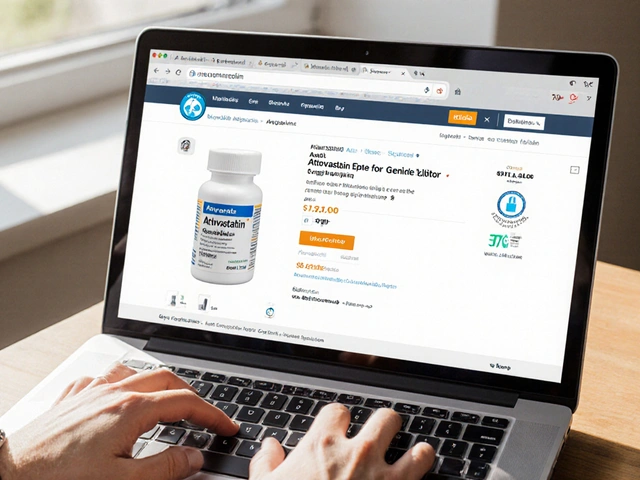Vitamin B6: Benefits, Food Sources, and Safety Tips
Vitamin B6, also called pyridoxine, is a water‑soluble vitamin that helps your body turn food into energy. It plays a key role in brain function, hormone balance, and making red blood cells. If you’re wondering why doctors keep mentioning B6, this guide breaks it down in plain English.
Why Vitamin B6 Matters
First off, B6 is a multitasker. It assists enzymes that break down proteins, carbs, and fats, which means better fuel for workouts and daily chores. It also supports neurotransmitters like serotonin and dopamine, so it can influence mood, sleep, and appetite. People with low B6 sometimes report fatigue, irritability, or a tingling feeling in their hands and feet.
Beyond the brain, B6 helps create hemoglobin—the part of red blood cells that carries oxygen. That’s why a deficiency can lead to anemia, leaving you short of breath even after climbing a few stairs. Pregnant women need extra B6 to aid fetal brain development and reduce nausea.
Getting Enough Vitamin B6
Most folks get what they need from a balanced diet. Good sources include chicken, turkey, salmon, tuna, bananas, potatoes, and chickpeas. A single serving of salmon (about 3 ounces) supplies roughly 0.5 mg of B6, which is half the daily adult recommendation of 1.3 mg for men and 1.2 mg for women.
If you’re vegetarian or vegan, focus on beans, nuts, fortified cereals, and whole grains. A cup of cooked lentils delivers about 0.4 mg of B6. Remember, cooking can reduce some B6 content, so mix raw and cooked foods when you can.
Supplements are an option, especially if you have a medical condition that affects absorption. Look for a B‑complex pill that lists pyridoxine HCl as the B6 source. Stick to the recommended dose—usually 10 mg for adults—because excess B6 can cause nerve problems over time.
Most multivitamins contain 2 mg of B6, which is safe for daily use. If you’re considering higher doses for a specific issue, talk to a healthcare professional first.
Side effects are rare at normal levels. Over‑supplementation may lead to numbness, difficulty walking, or muscle weakness, especially if you take more than 100 mg per day for months. Those symptoms usually disappear once you cut back.
Interactions matter, too. B6 can boost the effectiveness of certain medications, like levodopa for Parkinson’s disease, but it may also interfere with some seizure drugs. Always tell your doctor about any vitamin supplements you’re taking.
In short, vitamin B6 is a small but mighty nutrient. Incorporate a mix of animal and plant foods, stay within recommended doses, and you’ll give your brain, blood, and nerves a solid boost without the headache of over‑doing it.

Pyridoxine (Vitamin B6) for Arthritis: Can It Ease Joint Pain and Inflammation?
- By : Archer Hamilton
- Date : Aug 31 2025
Curious if vitamin B6 helps arthritis? See what the evidence says, safe doses, who might benefit, UK 2025 guidance, and how to try it without risky side effects.





